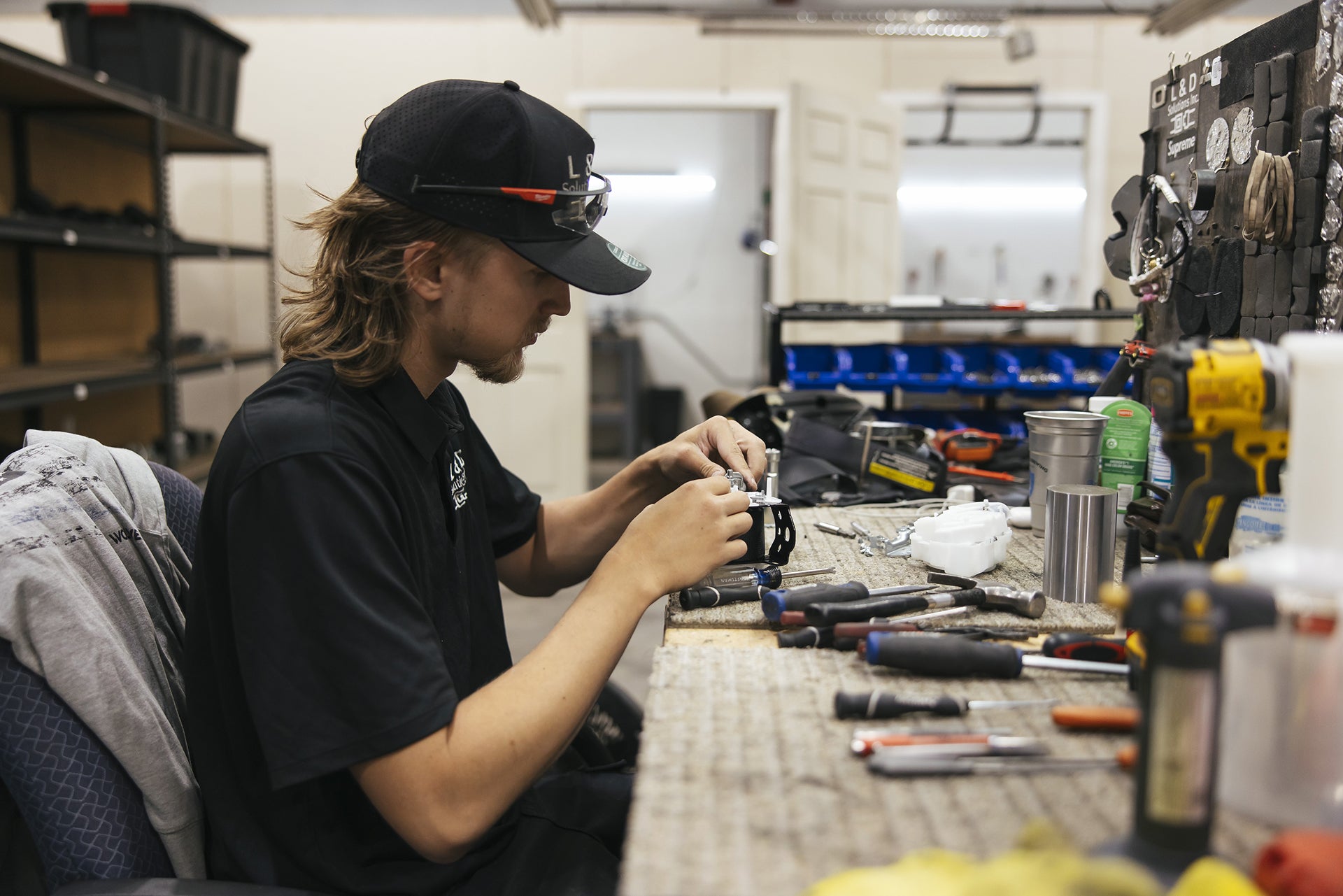When it comes to car safety, seat belts are your first line of defense, much like a dependable umbrella shielding you from a sudden storm. However, just as a torn umbrella wont keep you dry, a malfunctioning seat belt cant guarantee your safety. Testing your seat belts through these four essential safety checks ensures your lifeline remains intact. Lets dive in and explore how a few simple precautions can safeguard you and your loved ones.
Key Takeaways
-
Understanding seat belt safety is crucial for accident prevention.
-
- Inspect for frays, retraction issues, and proper latch functionality.
-
- Common seat belt issues can often be resolved at home or with professional help.
-
- Seat belts significantly improve crash survival rates.
-
- Regular maintenance prevents failures and ensures optimal protection.
-
-
Understanding the Role of Seat Belt Safety
-
-
Buckling your seat belt is one of the simplest yet most effective ways to ensure safety on the road. Regular testing of your seat belts can mean the difference between life and injury in a crash. Think of your seat belt as a reliable life jacketjust as you wouldnt sail without checking your gear, you shouldnt drive without ensuring your seat belts are functional.
-
-
Key Checks to Perform:
-
- Inspect the seat belt fabric for fraying or discoloration.
-
- Ensure the latch clicks into place securely.
-
- Test the retractor by pulling and releasing the belt.
-
- Verify the seat belt warning light is functioning properly.
-
-
A Step-by-Step Guide for Inspecting Your Seat Belts
-
-
1. Visual Inspection
-
-
Examine your seat belts for any visible signs of damage, such as fraying or cuts. Even minor wear and tear can compromise the belts strength. Replace any belts showing significant damage to maintain safety.
-
-
2. Latch Functionality
-
-
Buckle and unbuckle the seat belt multiple times to ensure it clicks securely. A loose or malfunctioning latch can fail in critical moments.
-
-
3. Retractor Test
-
-
Pull the seat belt out completely and let it retract. It should roll back smoothly without hesitation. A sticky or slow retractor may need cleaning or professional attention.
-
-
4. Check Warning Indicators
-
-
Ensure the seat belt warning light on your dashboard illuminates when the belt is unbuckled and turns off once buckled. This feature acts as a reminder to stay secure.
-
-
How to Fix Common Seat Belt Issues
-
-
If you identify a problem during your inspection, heres how to address it:
-
Frayed or Cut Belts: Replace the damaged belt immediately to ensure strength and durability.
-
- Slow or Stuck Retractor: Clean the retractor mechanism carefully to remove dust and debris.
-
- Faulty Latch: Use silicone spray to lubricate the latch; if the issue persists, replace it.
-
- Improper Mounting: Check anchor points for corrosion or wear and ensure theyre secure.
Investing a few minutes in addressing these issues can prevent failures and provide peace of mind.
Seat Belts Impact on Crash Survival: Statistics and Case Studies
According to the National Highway Traffic Safety Administration (NHTSA), seat belts saved over 15,000 lives in 2020 alone. A properly functioning seat belt dramatically reduces the risk of severe injury or death in a crash. Consider this personal story: A close friend was involved in a serious car accident but walked away with minor injuries thanks to her securely fastened seat belt. The device prevented her from being ejected from the cara common outcome for unbelted passengers.
Conclusion
Regularly testing your seat belts is a small effort that yields immense safety benefits. By performing these four essential safety checks, you ensure that this critical safety feature is always ready to protect you and your passengers. Remember, safety is not just a precaution; its a way of life.
Safety isnt expensive; its priceless.



Leave a comment
This site is protected by hCaptcha and the hCaptcha Privacy Policy and Terms of Service apply.